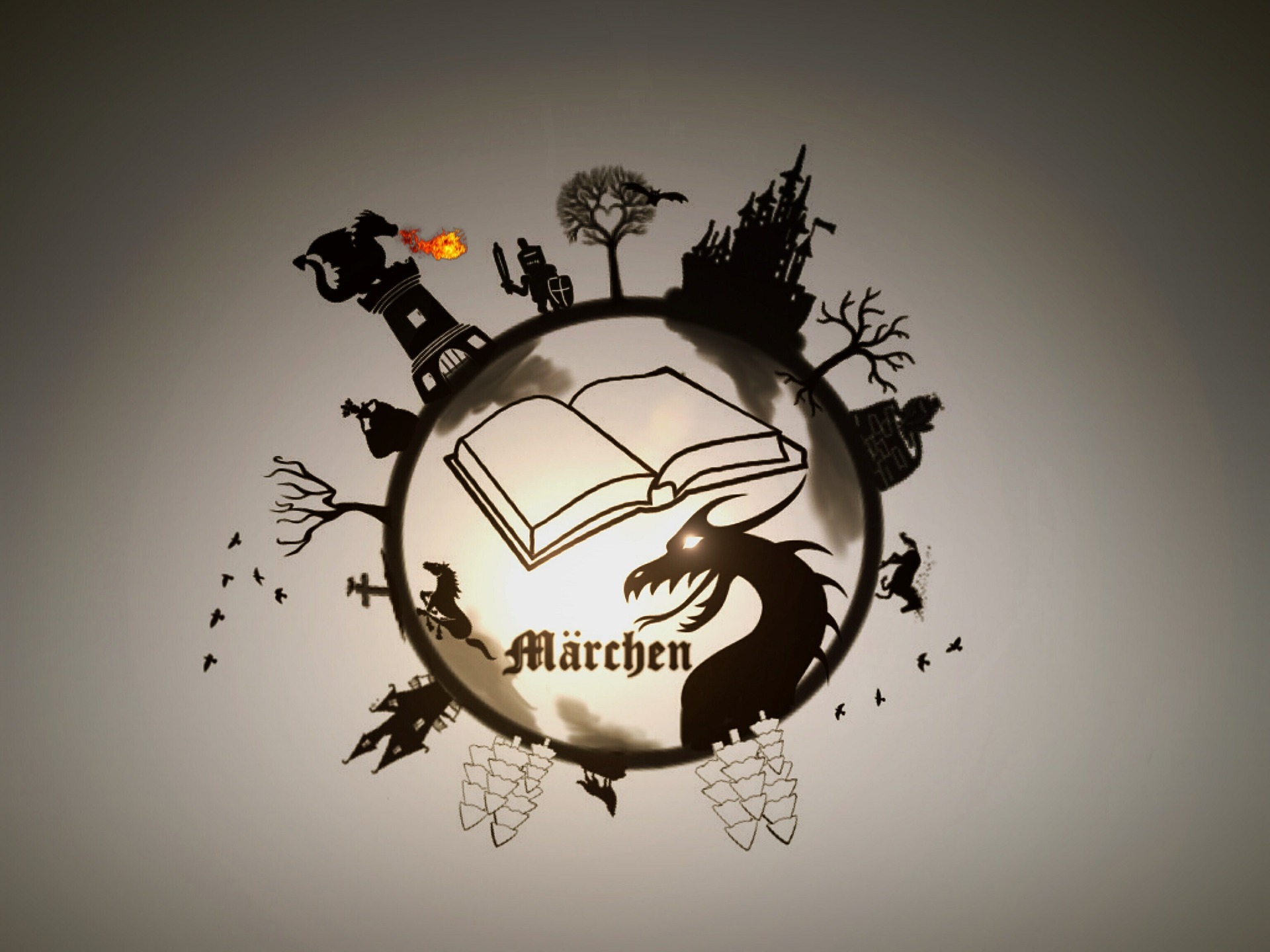Please note that some of the links below are affiliate links and I will earn a small commission if you purchase through those links. There are no additional costs to you.
How well do you know your Märchen (fairy tales), more specifically Grimm’s fairy tales? They have collected hundreds of them but I picked eight of the better known fairy tales for you to guess. Can you guess them all?
Historical Background
The word Märchen comes from middle high German maere meaning news, message or report. The English word fairy tale comes from the French story collection “Contes de fées” by Madame d’Aulnoy. But unlike the name suggests, not every fairy tale has a fairy, but it definitely has some magic.
The brothers Wilhelm and Jacob Grimm collected the folk tales which were passed down orally and have been told and retold countless times. They embellished the tales and rewrote them from edition to edition. Their first edition was published in 1812 as “Kinder- und Hausmärchen” (Children’s and Household Tales), the seventh in 1857. The themes of their Volksmärchen (folk tales) can be found in many cultures around the world.
For example, the earliest version of Aschenputtel (Cinderella) can be found in the Mediterranean in the 1st century and in China from the 9th century. According to one estimation, there are about 300 different versions of the Cinderella story. The Disney version of Cinderella is based on the French version (Cendrillon ou la petite pantoufle de verre) written down in 1697 by the French writer Charles Perrault who himself took his inspiration from the fairy tale collection by Giovanni Battista Basile published in 1674.
That’s why the Disney Cinderella wears a glass slipper, her helpers are mice and her carriage is made from a pumpkin. In the Grimm version, Aschenputtel receives help from a hazelnut tree on her mother’s grave and from doves. Read more about Aschenputtel and Cinderella here.
Most Volksmärchen (as opposed to Kunstmärchen where we know the author, e.g. Hans Christian Andersen) don’t mention time or place, they contain magic in form of witches or objects, there are talking animals, magical numbers (3, 7, 12), and there is often an obstacle that the hero or heroine has to overcome. They often start with “Es war einmal …” (once upon a time) and generally have a happy ending (as opposed to The Little Mermaid by Andersen).
But let’s see how well you know Grimm’s Fairy Tales (Märchen). Can you guess which fairy tale is depicted in each image?
1

2

3

4

5

6

7

8

Here is some help. The following fairy tales are depicted:
- Dornröschen / Sleeping Beauty
- Der Froschkönig oder der eiserne Heinrich / The Frog Prince or Iron Henry
- Tischchen deck dich, Goldesel und Knüppel aus dem Sack / The Wishing-Table, the Gold-Ass, and the Cudgel in the Sack
- Der Hase und der Igel / The Hare and the Hedgehog
- Brüderchen und Schwesterchen / Little Brother and Little Sister
- Aschenputtel / Cinderella
- Der Wolf und sieben jungen Geißlein / The Wolf and the seven young Kids
- Rotkäppchen / Little Red Riding Hood
For the answers, scroll all the way down.
Answers:
- Der Froschkönig oder der eiserne Heinrich / The Frog Prince or Iron Henry
- Brüderchen und Schwesterchen / Little Brother and Little Sister
- Rotkäppchen / Little Red Riding Hood
- Der Hase und der Igel / The Hare and the Hedgehog
- Der Wolf und sieben jungen Geißlein / The Wolf and the seven young Kids
- Dornröschen / Sleeping Beauty
- Aschenputtel / Cinderella
- Tischchen deck dich, Goldesel und Knüppel aus dem Sack / The Wishing-Table, the Gold-Ass, and the Cudgel in the Sack



Great article, I reall like your style of writing